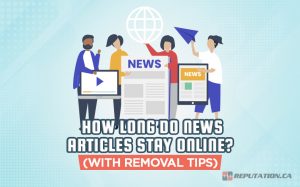When you’re dealing with reputation management, you need to address the problem from multiple angles. You need to identify negative reviews and get them removed, suppress them, or counteract them in some way. At the same time, you need to solicit more positive reviews.
Soliciting positive reviews is surprisingly difficult. It’s hard to get customers, even satisfied customers, to care enough to leave a review. After all, most people only think to leave a review when they’re dissatisfied, to warn away others who might make the same mistake they did.
How, then, do you get people who are satisfied with your product to leave a positive review?
There are a lot of different techniques.
- Some companies include cards with the products they ship, asking for them. This is a common technique on Amazon.
- Some use time-based prompts on their website or embedded in a web service or app, asking for a review. You see this one in mobile apps all the time.
- Some harvest email information when a user makes a purchase, and send out an email asking for reviews. Just about everyone who can swing it does this.
Since email solicitations are one of the most common options and the most readily available no matter what type of business you have, that’s the one we’re focusing on today.
So, let’s say you have the following situation. You’re selling a product online, and to complete a purchase, a user needs to input their email address. They might have to do this at the time of purchase, or they might need to make an account, to which their purchase is tied. Either way, you have two pieces of information: they made a purchase and their email address.
You’ll be left with a series of questions.
- How do you email the user asking for a review?
- When should you send that email?
- How often should you follow up asking for a review, if they haven’t already left one?
- Should you be direct about asking, or indirect?
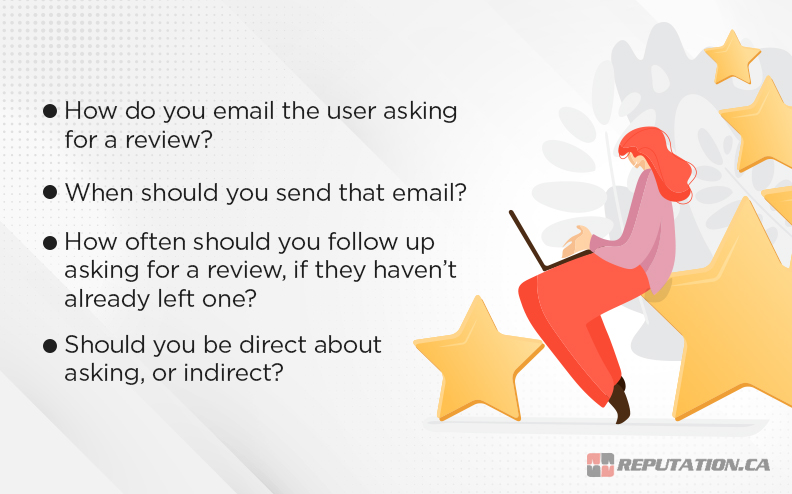
The truth is, the answers to these questions vary wildly depending on the business and product you’re running.
If your product is one that users make use of immediately upon arrival – a piece of apparel, a tool, a resource guide – you might be able to send your email out a few days after the product has arrived, under the assumption that most users will have found the time to use it and get an impression of it.
Conversely, if your product is something most people don’t use right away (like a spare tire, winter clothing in summer, etc.) or if it’s complicated enough that the user may need time to learn how to use it and get a full impression (web apps, complex tools, textbooks) you can wait a bit before finishing the email.
Of course, you can’t wait too long. If the user makes use of your product and then forgets about it before the email arrives, they may not have much to say.
One thing to keep in mind is that customers are generally willing to leave reviews, they just don’t think to do it, or don’t know how or where to do it. After all, if you were asked to review your favorite business, where would you leave the review? Trustpilot? Yelp? Google? You generally want to leave a review where it can do the most good, but you don’t know where that is. Guidance from the company can help a lot here.
Email Techniques for Soliciting Reviews
There are several different ways you can ask for reviews via email.
Send an email directly asking for a review. You have your list of customers, and you know when they make a purchase. Wait some time appropriate to your product as discussed above, then send out an email asking the user if they like the product and if they would care to leave a review.
This is a direct way to ask for reviews, and it works quite well. The trick is, it needs to be timed right, and the timing depends heavily on your product and your business. Some companies can send their review solicitation within days of purchase, while others may need to wait weeks. It can also be a little annoying for a customer if you follow up more than once or twice asking for reviews.
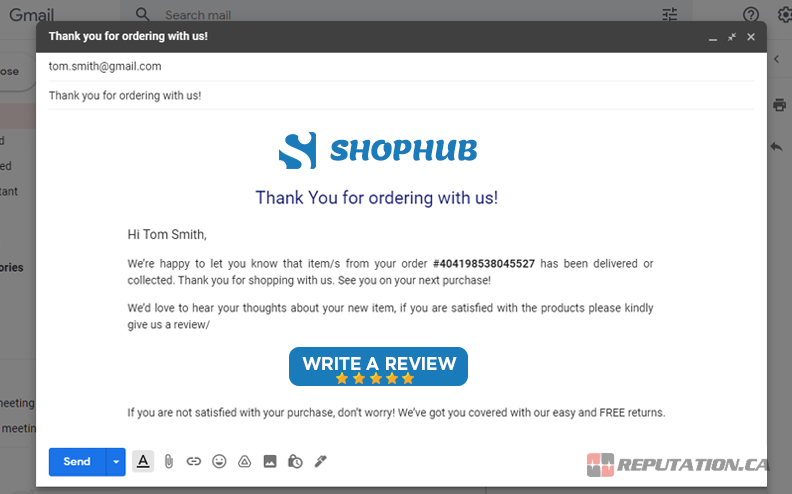
The biggest benefit of this method is that the email you send is “customized” to the user. You know their information from the purchase they made and can tailor the email by using their name and sending it to them directly. This more personal connection helps users feel like their opinion is valuable, rather than that they’re simply part of a list that is being contacted.
You can increase the success rate of this method by including an additional option for those who are dissatisfied. After all, you’re in it looking for positive reviews, so you gain nothing if dissatisfied users leave negative reviews instead. So, try this:
- Send the email from a designated customer service representative or official in the business, giving the user a “personal” connection.
- Ask the user if they’re having issues or problems, and offer to correct those issues before they leave a review.
- Present a graphical representation of 1-5 or 1-10 stars for the user to click. If they click on anything under 3/5 to 7/10, redirect them to a customer service portal instead of a review portal.
Techniques like these can help increase user satisfaction overall while soliciting more positive reviews.
It’s important here to make sure you track who leaves reviews, and remove them from your list if they do. That way, you’re not trying to solicit reviews from people who have already left them, which makes them feel like they’re not important and that you’re not paying attention to the reviews that are left.
Send an informative or useful email, with a sidenote asking for a review. One of the most common options for products that are complex, usable, or have instructions attached to them, is to provide usage guides, instructions, tutorials, or care instructions to the users when they make their order.
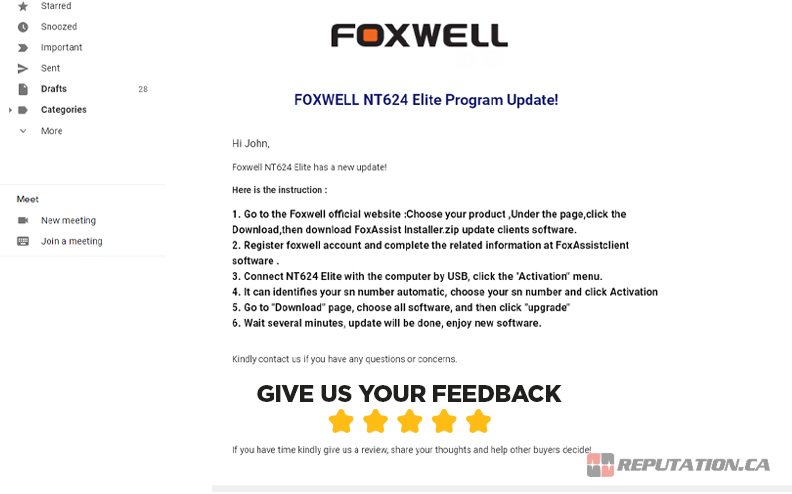
One example is the company Sharp Pebble. Sharp Pebble sells whetstones for sharpening knives. When a customer orders from them, the package they receive has instructions for using the whetstones, but also a card that allows them to redeem a PDF manual with more detailed instructions. Moreover, after the user has owned their whetstone for some time, they send out additional emails with further instructions, care guides, and solicitations for reviews.
In this manner, the company can provide additional value to the user, and ensure that the user has multiple opportunities to make use of the product, before asking for a review. This way, they avoid instances where they’re asking for a review from someone who hasn’t had a chance to use the product.
Send out regular newsletters, with a footnote asking for reviews. One of the more passive options is to add a note to a newsletter. Whenever you get the email address of a customer or potential customer, they should be added to a newsletter mailing list.
Newsletters are an excellent form of marketing, and they can provide additional value to both potential customers and returning customers. They can include everything from new product announcements to usage guides to special sales and deals only available to subscribers.
Somewhere in the newsletter, each time one is sent out – whether it’s weekly, monthly, or on a different schedule – there should be a call to action to solicit a review. Ask anyone who has already purchased to leave a review.
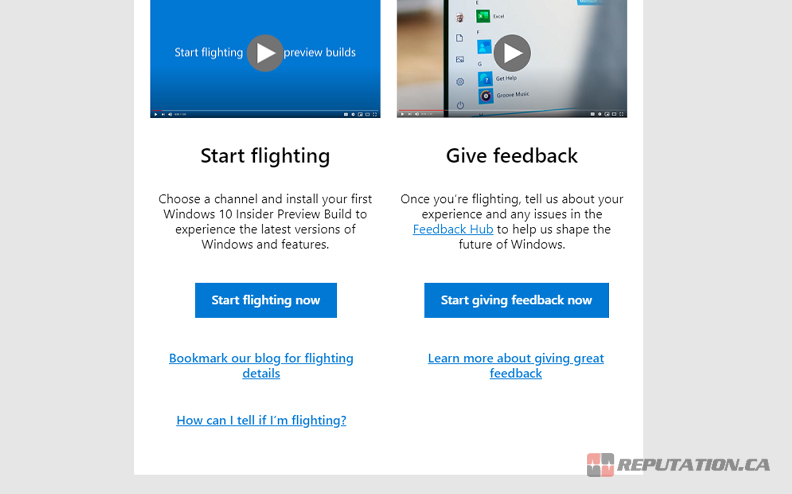
For an advanced technique, you can separate your mailing list into two: one for people who are already customers, and one for those who are not. You can tailor your newsletters to each audience, and only include the review call to action in the newsletter for existing customers. It takes more management, but it’s more effective.
Including a review solicitation in your email signature for all correspondence. Another option is to instruct the people who use company email addresses – from the customer service representatives to the CEO and everyone in between – to add a call to action to their email signature. Any time they’re corresponding with a customer, that call to action will be there, asking the customer to leave a review.
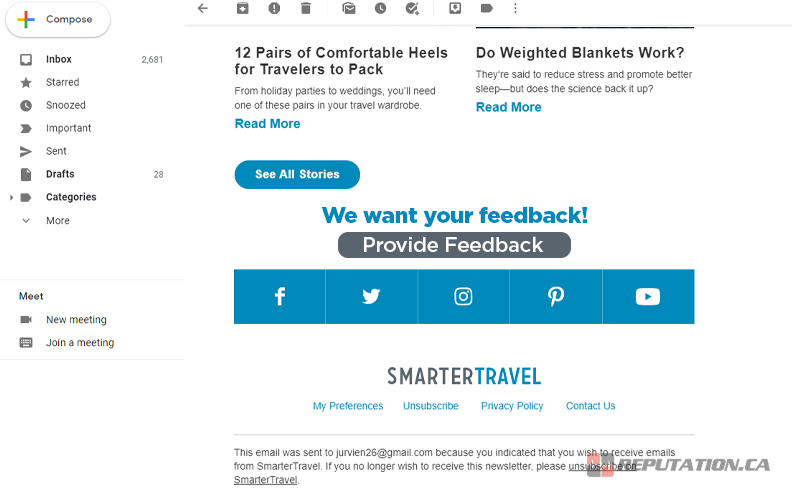
This can be a tricky option. For one thing, some of those individuals may not communicate with customers. Some of them may not want to add company calls to action to what is typically a personal email signature (particularly executives).
At the same time, customer service agents adding the call to action to their signature can accidentally solicit negative reviews from the customers they’re trying to help. In these instances, it’s generally better to instruct the agent to add their call to action to the end of the support process, and only for those who are satisfied with their support, rather than making it available to everyone.
Send out a broad email blast to your entire newsletter asking for reviews. This is a technique often used in times of crisis, or times when a company hires a reputation management firm that simply wants to get as many new reviews as it can as fast as it can. Simply take the list of all customers, past, and present, and email them asking if they would like to leave a review.
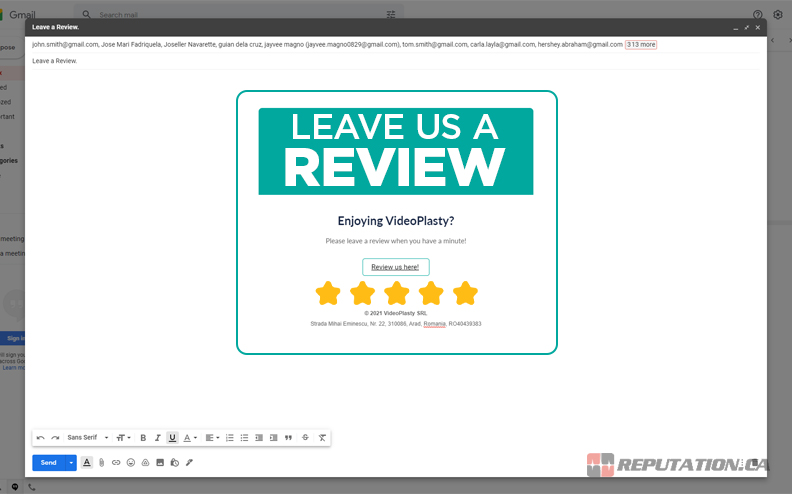
This method is impersonal, but it can work to get volume. The trick is, it typically only works once. Anyone who opens the email and leaves a review is only going to do so once. Anyone who opens the email and doesn’t leave a review is unlikely to do so when asked a second time, though it’s always possible that they might. Anyone who didn’t open the first email is fairly unlikely to open another.
Examples of Review Solicitation Emails

We promised templates for soliciting reviews via email, and we’ll deliver. Here are several possible templates you can use. Remember to customize them for your organization, product, delivery, target audience, and any other details that might be relevant.
Six Email Templates from Brafton
“Email subject line: Don’t forget to leave a review
Hi [First name],
Our customers rely on reviews from insightful people such as yourself to decide which of our products and services is right for them.
If you have a moment to spare, please click on the button below to tell us if you’re enjoying your
.Rate it or review it. (Linked)
And as always, thank you for choosing [your brand or company name].
Cheers,
[Sender name]”
“Suggested Subject: Your opinion could change the world! (…or at least our impact)
Body:
Hey [First Name],
We are so grateful to you for being a great customer and supporting our local business. We know you’re busy making your impact, so we’ll make this quick.
Would you mind taking a minute to leave your feedback on your experience with us? Your insights are incredibly valuable and will help us make sure we serve you and other amazing customers well in the future.
Thank you for taking the time to share your opinion. It makes such a difference in how we show up and serve others!
Best,
[Your Name]”
44 Additional Templates from Grade.Us
“Help us improve, [customer name]!
We hope you enjoyed your experience as our customer, but want to know for sure.
Tell us how you feel right here:
[review funnel link]”
Finally, we have several additional resources with more templates you can explore.
- Five additional templates from Reviews.io
- Nine more templates from Boast.io
- Additional templates and guidelines from Wordstream
The moral of the story is that asking for reviews can be done in virtually any manner. It’s important to stick to your company voice, and it helps to be personal and personalized with your users, but you have an extreme amount of flexibility in your options. Hopefully, these templates help you along the way.








